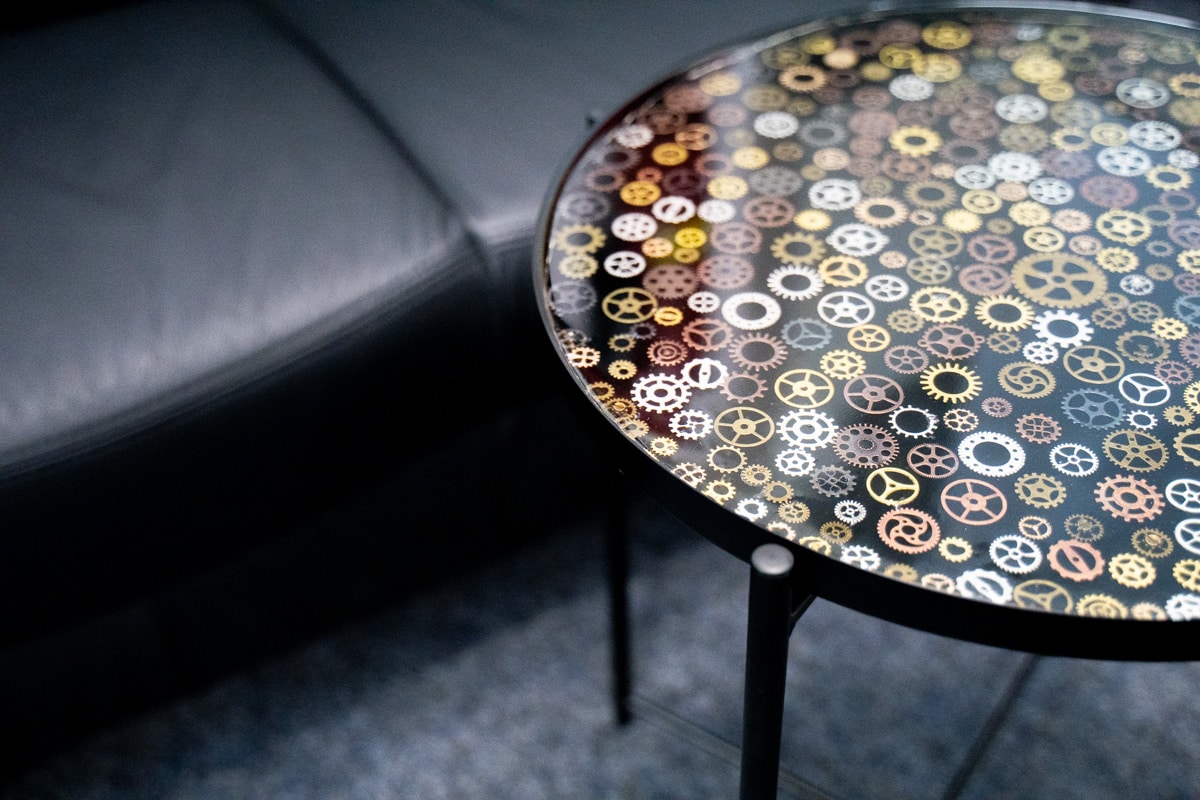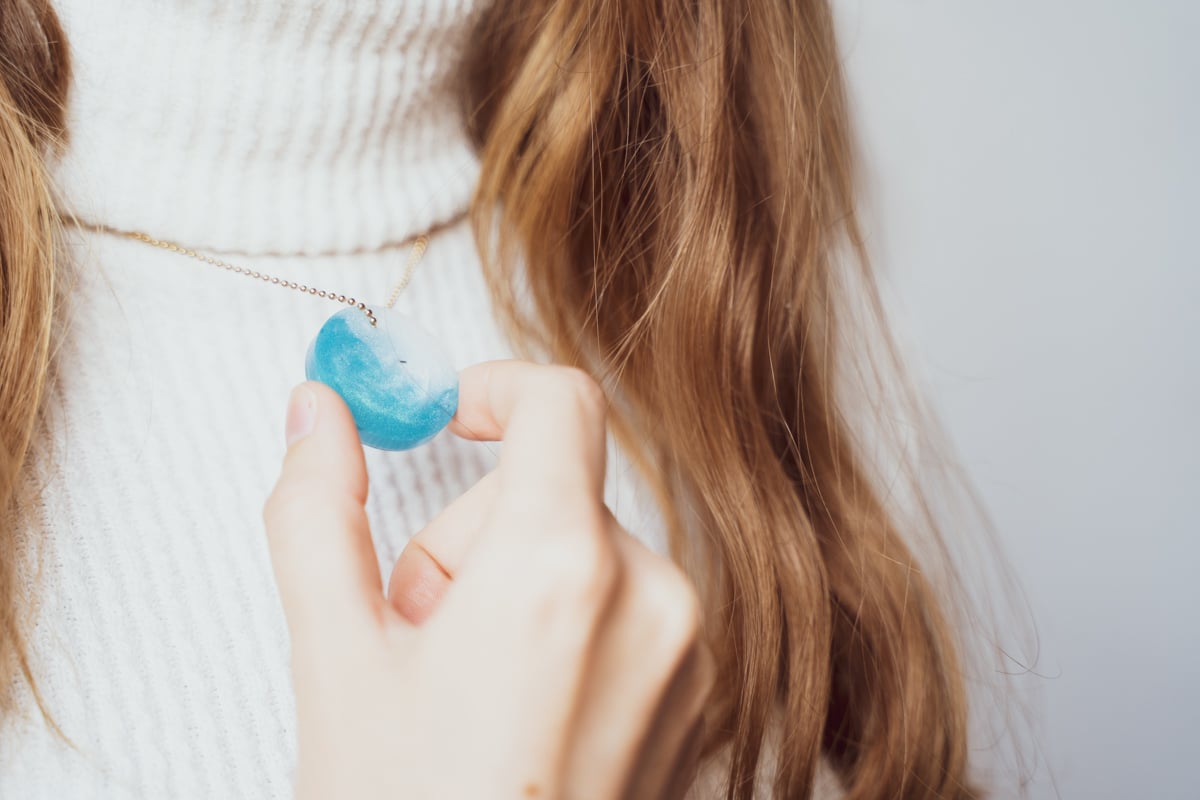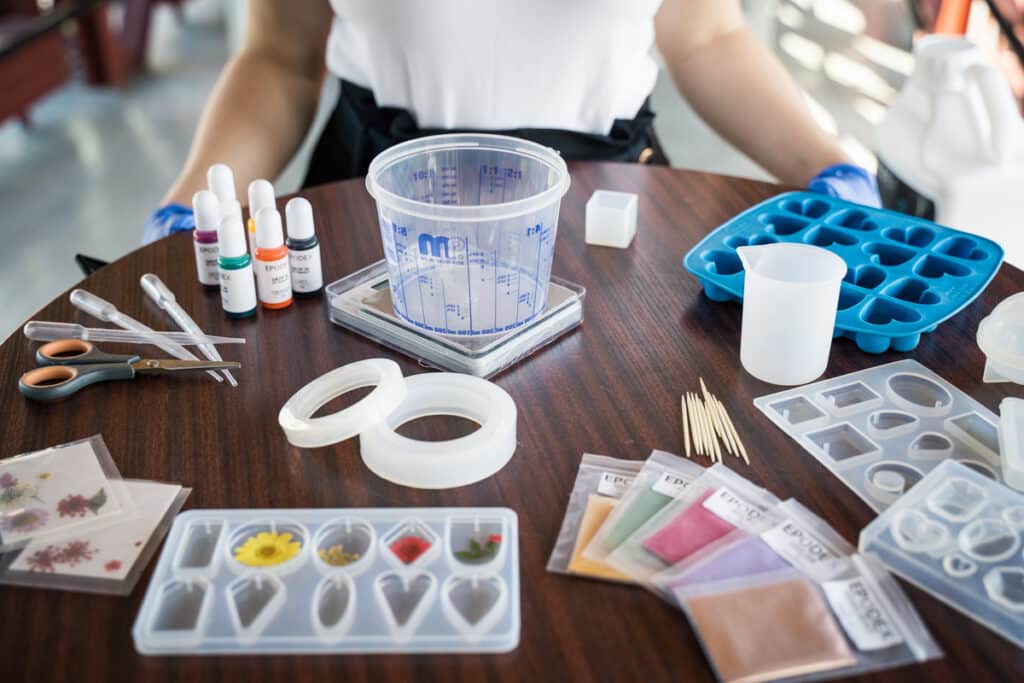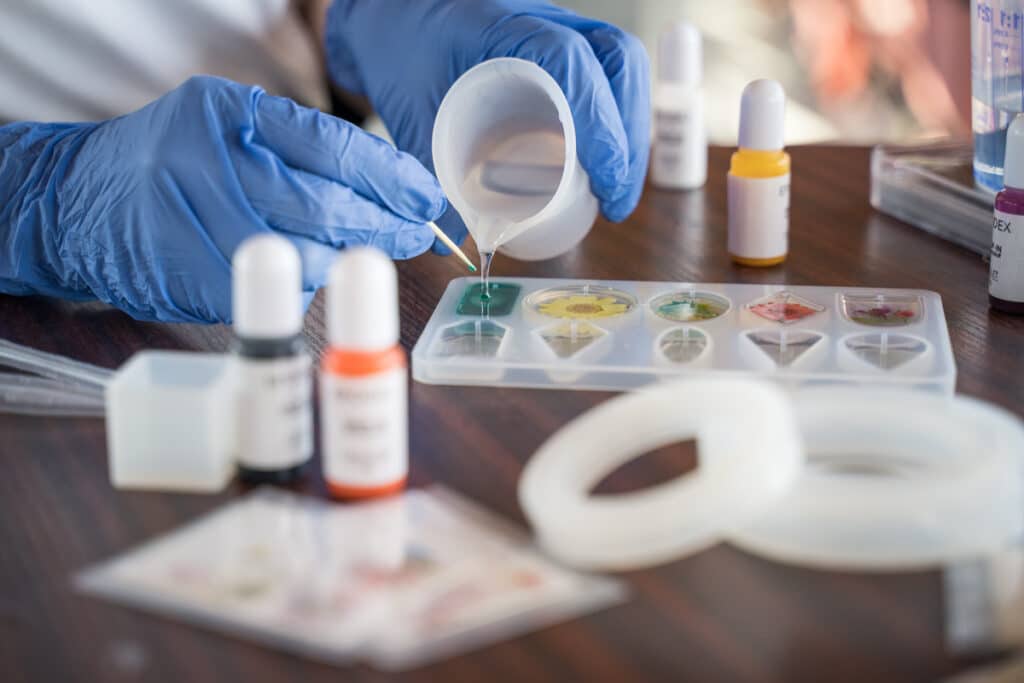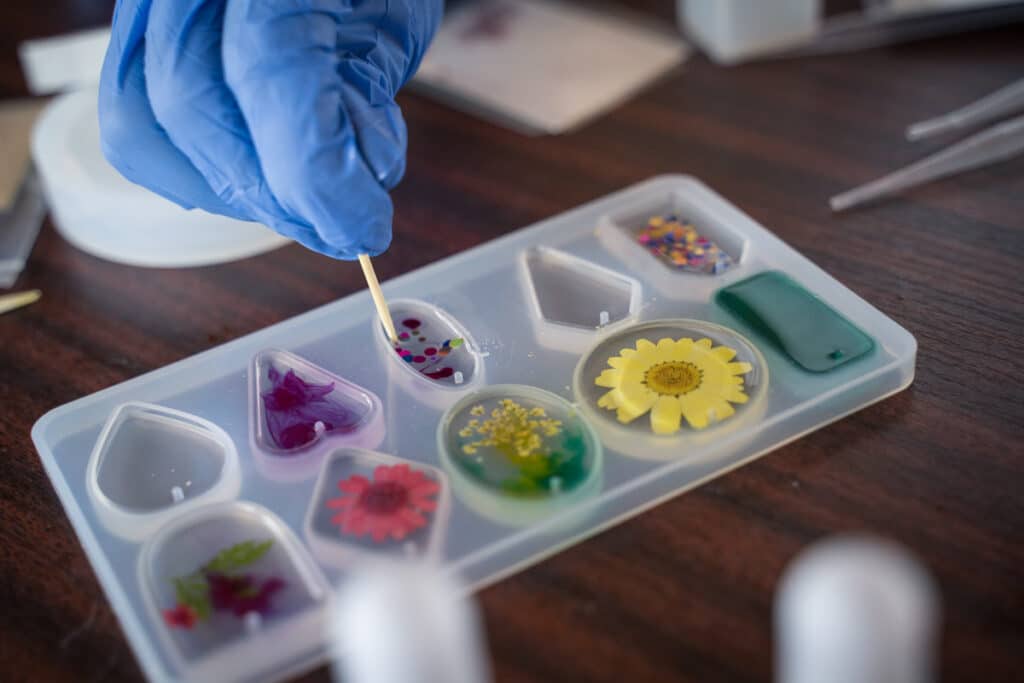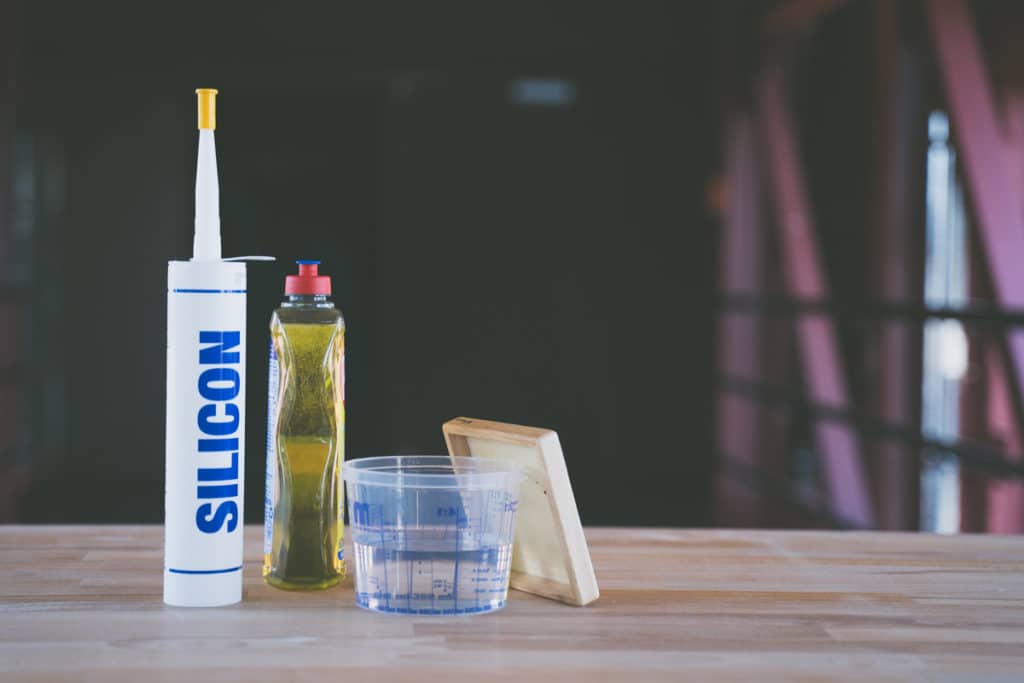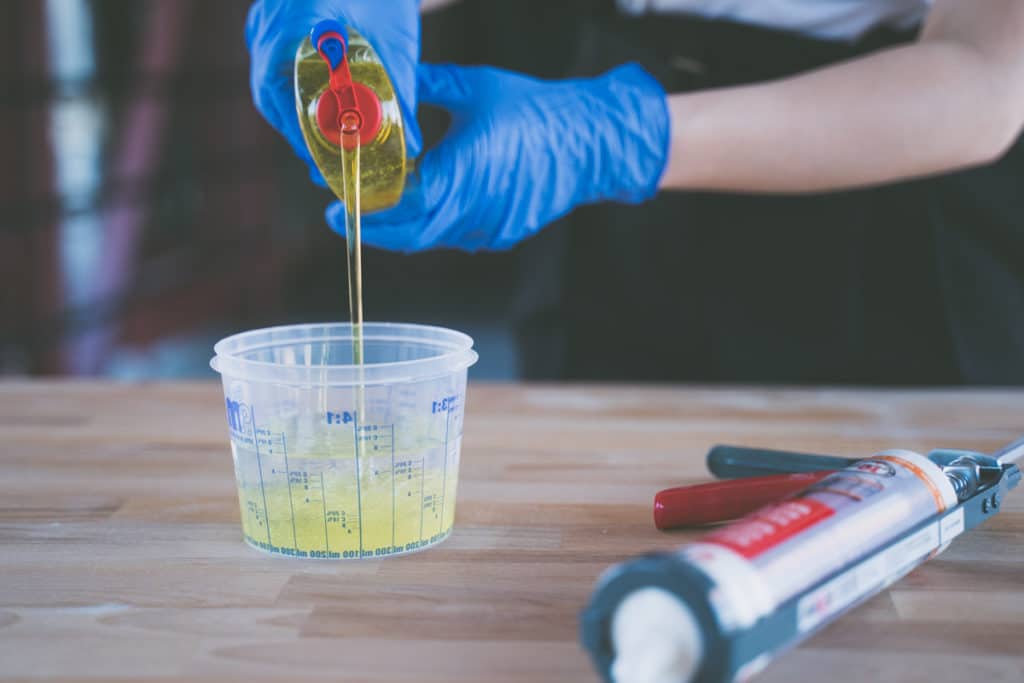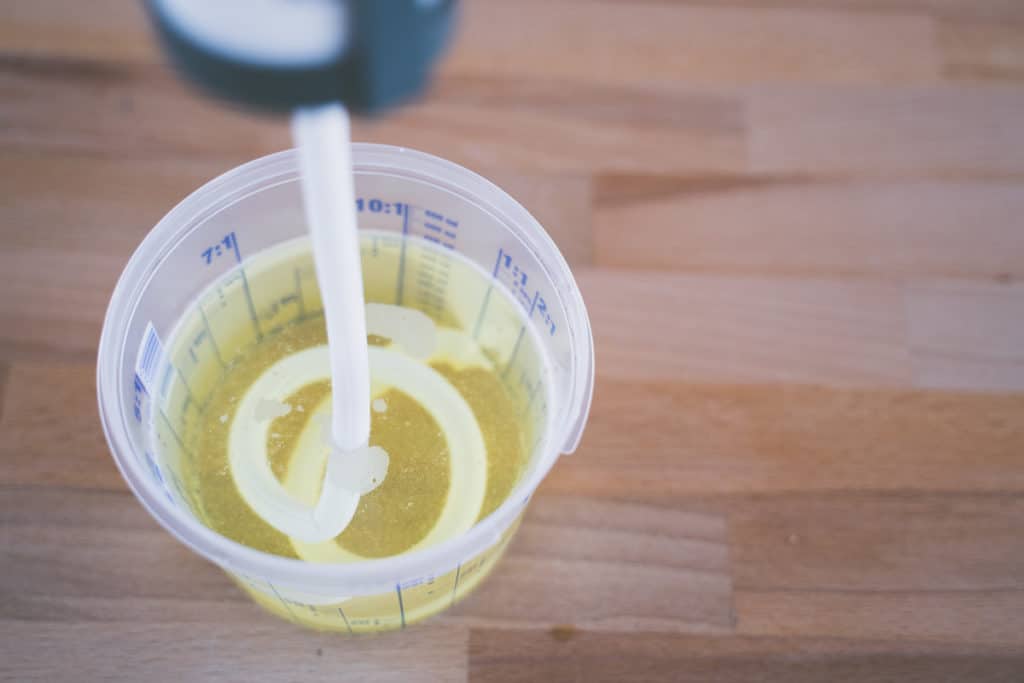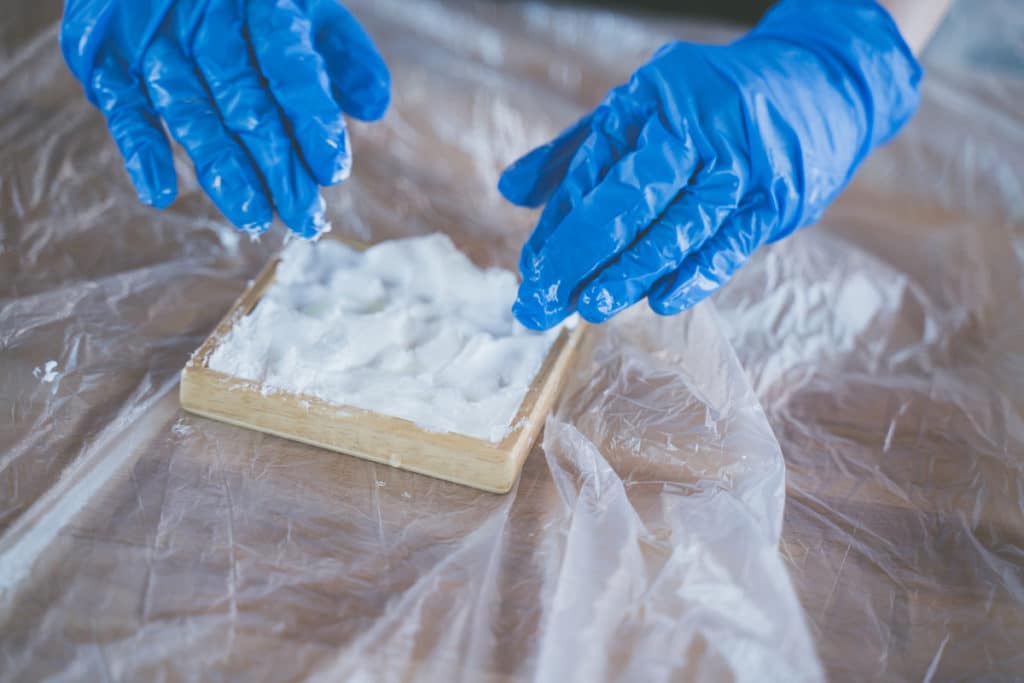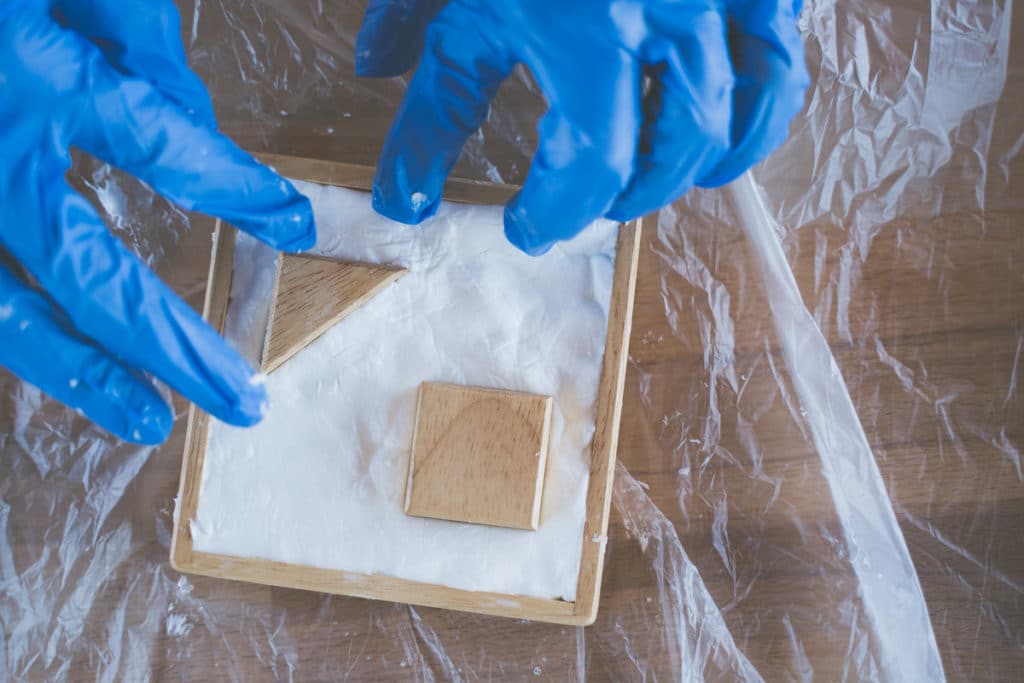Liquid Resin by EPODEX
Nature produces its own liquid resin. Trees use it to repair damages to their bark. Besides natural liquid resin there are also synthetic liquid resins like epoxy resin, acrylic resin and polyurethane resin. These casting resins have different properties and can be used for different purposes. EPODEX specialises on high-quality epoxy resin, which is resistant and easy to process.
Cast Liquid Resin
During processing, liquid resin is fluid and it cures by chemical reaction of the resin A-component and the hardener B-component. Depending on the type of resin and pouring height, it cures more or less rapidly. Once cured, our liquid resin is crystal clear, break-proof, non-sticky and glossy. Our colour pigments and flakes can also be mixed into it. The different characteristics and the wide colour range of our products make it easy for you to find the right liquid resin for your project.
Our resin kit EPODEX ECO is the best choice for laminating, gluing and coating at low pouring heights. Among others, this fast curing and inexpensive liquid resin allows you to easily coat tables and floors. With our PRO system you can pour up to 2 cm thick and this, without too much heat. It is UV-resistant and does not yellow. The PRO system is ideally suited for epoxy resin jewellery or furniture.
If you plan on making a river table, EPODEX PRO+ will guarantee perfect result. It is optimised for casting heights of up to 5 cm but allows castings heights of up to 30 cm under certain circumstances. You can learn more about that in the adjacent video.
Fields of Application and Use
Liquid resin is a mixture of resin, hardener and, if necessary, additives. Due to its versatility, it is used in industry and craft as well as in private households. You can coat floors, wood and other surfaces with liquid resin to make them more resistant and easy to clean. Or you can use it to make stone carpets, penny floors or to cover your existing floor in your dream colour. You can design your own jewellery and pictures or refine entire pieces of furniture.
Many projects can be realised with epoxy resin and wood. Coating your wooden table add a protective layer against daily use. A protected table can withstand any strain. It is the perfect solution to keep the natural, rustic look of the wood and to increase the durability. Liquid resin makes wooden surfaces more resistant to moisture, dirt and UV radiation, whereas untreated wooden surfaces need regular care and are susceptible to damage. By using our easy to process liquid resin, you can enjoy your wooden objects for many years to come!

More than
1000000+
Satisfied customers
Buy Liquid Resin
On EPODEX e-shop you can purchase liquid resin that meets the highest standards. Our 2-part epoxy resin, which is mixed from a resin-component and a hardener-component, is available crystal clear with or without colour pigments. Our service team will be happy to answer your questions via telephone, e-mail or WhatsApp.

